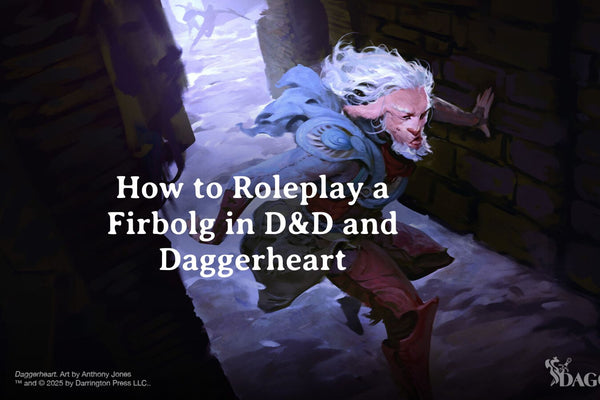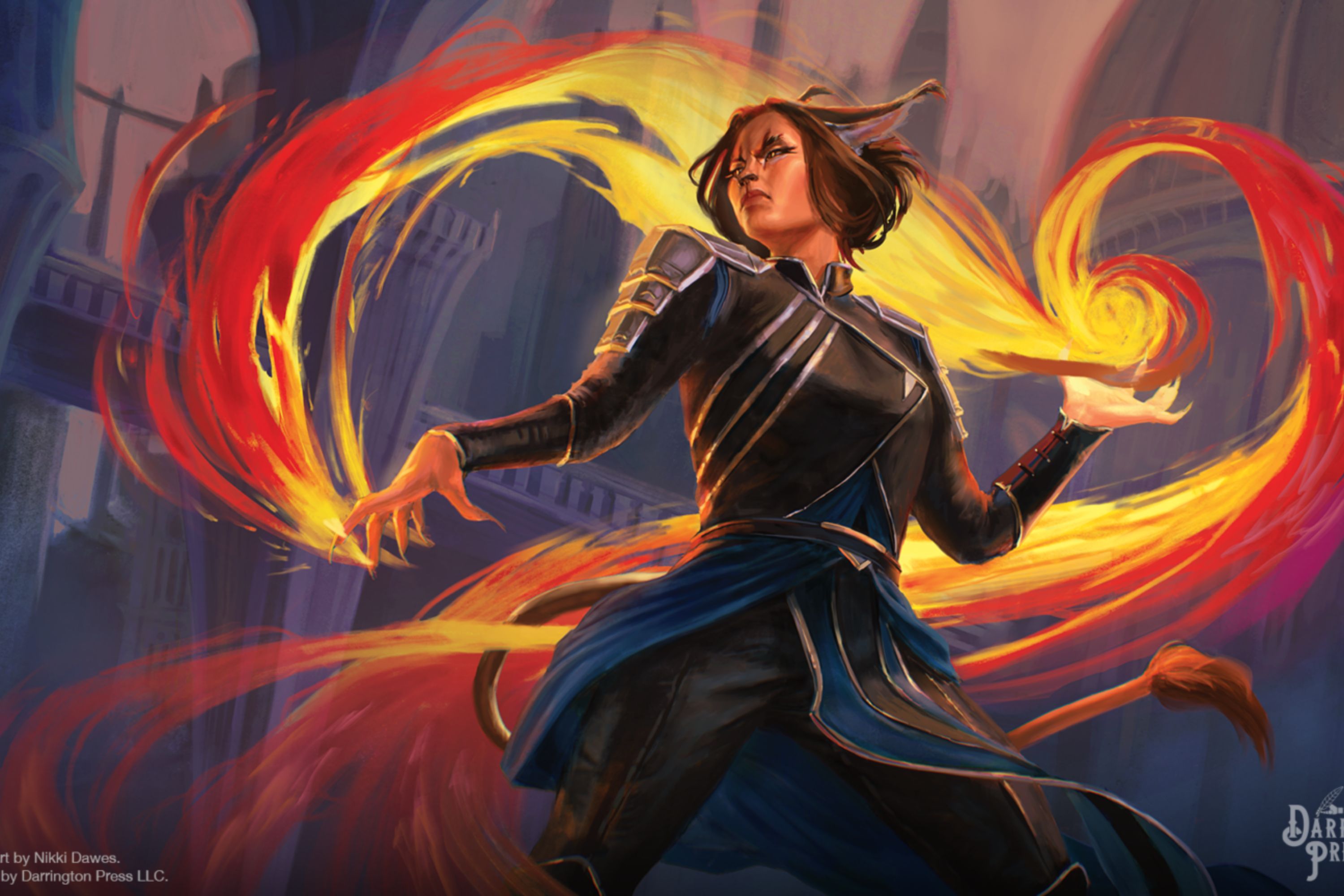


There is no initiative order in Dagger Heart. Players simply take turns when they want to, without a strict turn order. This eliminates the need for rolling initiative, making combat smoother. By removing the rigid initiative order, Daggerheart promotes a more dynamic and fluid gameplay experience, allowing for smoother transitions between player actions and GM responses.
Every time a player character takes an action, they give the GM an action token. These tokens serve as a currency for the GM to perform actions or empower enemies during combat. This mechanic fosters a sense of resource management and decision-making, as players must weigh the benefits of their actions against the potential consequences of empowering the GM.
The GM can choose to spend action tokens whenever they want, typically after a player character rolls with Fear, providing a 50/50 chance for the GM to act. This mechanic ensures that combat encounters remain dynamic and responsive to player choices, enhancing the overall excitement and tension of the game.
Monsters or the GM are limited to acting once per round, balancing the action economy and preventing combat from becoming unbalanced. By carefully managing the action economy, Daggerheart ensures that combat encounters remain fair and engaging for all participants, fostering a sense of accomplishment and satisfaction.
Distance in Dagger Heart is represented by zones: Melee, Very Close, Close, Far, and Very Far. These zones can be abstract or measured using tangible objects, providing flexibility in gameplay. The use of tangible objects to represent distance zones adds a tactile element to combat encounters, making them more immersive and accessible to players of all experience levels.
Players roll 2d12 for attacks, adding relevant attributes and determining whether Hope or Fear prevails. Different outcomes result in various consequences, such as gaining hope, clearing stress, or facing potential drawbacks.
Damage thresholds determine the effects of attacks, with armor reducing damage by rolling an armor die. Stress is also a factor, and if it exceeds, it converts to hit points, potentially leading to character death. By incorporating stress as a resource and introducing the concept of overflow damage, Daggerheart ensures that combat remains tense and unpredictable, requiring players to carefully consider their actions and defenses.
Players have options when facing death, including going out in a blaze of glory, accepting permanent consequences, or leaving it to chance with a roll. This mechanic adds a sense of consequence and narrative depth to combat encounters, encouraging players to invest in their characters' fates and engage with the game world on a deeper level.
Dagger Heart provides class-specific character sheets with specialized starting equipment, prompts for backstory creation, and information on class progression. With detailed information on class progression and starting equipment, Daggerheart empowers players to craft rich and compelling characters, ensuring that every adventurer has a distinct role to play in the unfolding story.
Overall, Dagger Heart offers a unique and streamlined approach to combat mechanics, emphasizing player agency, flexibility, and strategic decision-making.
Disclosure: This article may contain affiliate links. If you purchase products through one of our links, we may earn a small commission at no extra cost to you. Thanks for supporting MinvaRPG!